Honeysuckle are arching shrubs or twining vines in the family Caprifoliaceae, native to northern latitudes in North America and Eurasia. Approximately 180 species of honeysuckle have been identified in these regions. Widely known species include Lonicera periclymenum, Lonicera japonica (Japanese honeysuckle, white honeysuckle, or Chinese honeysuckle) and Lonicera sempervirens (coral honeysuckle,)
Lonicera is commonly known as the honeysuckle and comes in both climbing and shrubby forms. The flowering climber is the more commonly planted; however the shrubby Lonicera has its own merits. The climbers are a cottage garden essential, appreciated for their beautiful blossom and scent
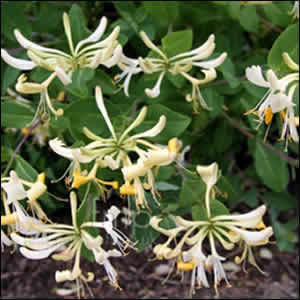
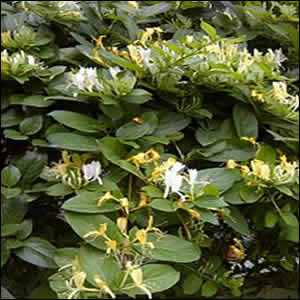
Honeysuckles are valued as garden plants, for their ability to cover unsightly walls and outbuildings, their profuse flowers in early summer and the intense fragrance of many varieties. The hardy climbing types need their roots in shade and their flowering tops in sunlight or very light shade. Varieties need to be chosen with care, as they can become substantial.
They are fast growing and prolific producers of flowers. However they do not like extreme conditions, neither exposed, cold or hot and sunny locations. They do not tolerate very dry or very wet soils.
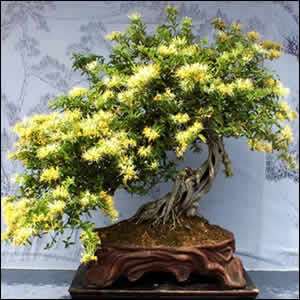
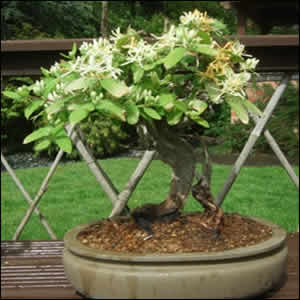
This is also a species of flowering plant in the honeysuckle family but the flowers are quite insignificant. It is frequently called box honeysuckle, due to its similar character to the Buxus species. It is widely used as a low hedging plant, and for topiary. This species should be put in the full sun or light shade in fertile, well-drained soil. The species is more shade resistant than most honeysuckles. The species can tolerate drought and pollution.
This plant is often used for bonsai. Because it is an energetic grower, it is possible to collect old and quite sizable Lonicera nitida from your garden or growing wild. Be drastic - they are survivors. Cut off most of the roots, particularly the unsightly ones, and the branches; it will bud out and you can start developing it as a bonsai from scratch.
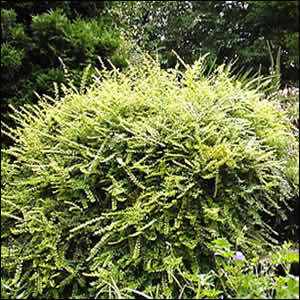
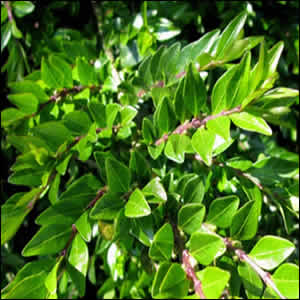
Lonicera nitida flourishes in fertile alkaline to neutral soils, including chalk. Preferring a sunny position for compact growth, repot in spring.
Styling: old Lonicera trunks tend to be stiff and erect and this can create difficulties when designing them as bonsai. Trees can either have curves built into their design by using primary and secondary branches or can be carved to create dead-wood effects. Suitable for all forms except broom in all sizes.
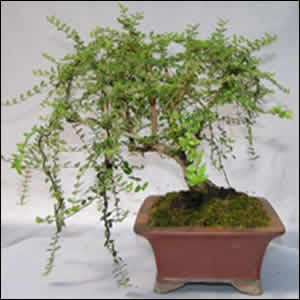
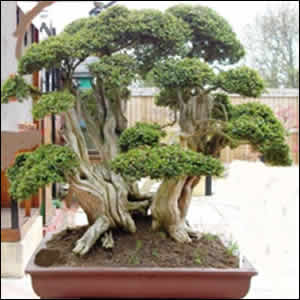
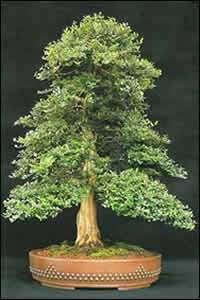
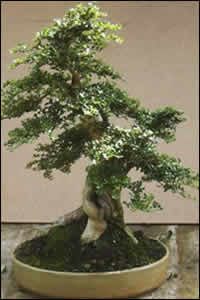
Web design: nysys